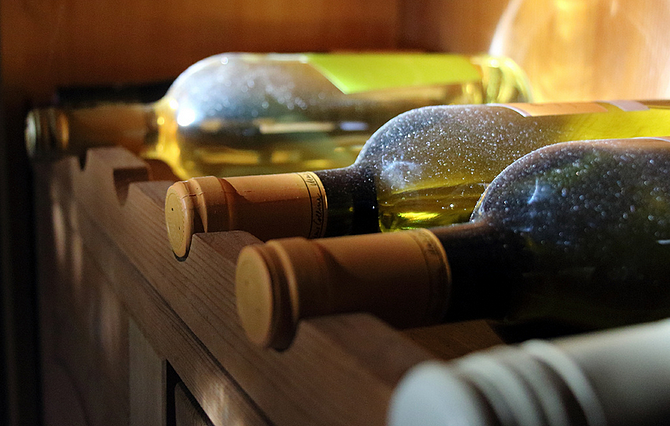It’s that time of day to “wine” down with some friends. You’ve got a couple of bottles, some hors d'oeuvres, and a tough day that you’re trying not to think about. Wine is your go-to medicine, so why not impress your friends, coworkers, and family with some wine knowledge. We have created a new series of posts called “Wine Jargon,” with the hopes of making you sound like a pro!
What does New World vs. Old World even mean?
The basic definition of Old World and New World wines is correlated to the geographic region from which the wine originated. Old World refers to the traditional winegrowing areas in Europe, while New World refers to, well, everything else. Pretty basic.
Old World and New World can also refer to the differences in the style of wines. New World wines are often warmer, resulting in riper, more alcoholic, full-bodied, and fruit-centered wines. Old World wines tend to be lighter-bodied with herb, earth, mineral, and floral components.
Today, Old World and New World have been broadened to comment on tradition vs. modernization. Old World wines are rooted with history, implying the “if it ain’t broke, don’t fix it” mentality, whereas New World wines implore technology, science, and innovation.
Next time you are buying those bottles for wine time, why not try an Old World and New World wine. See if you can spot the differences!


